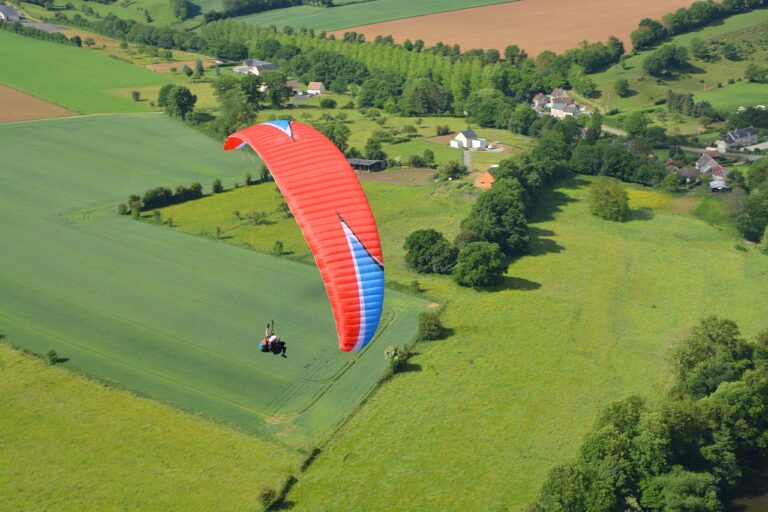Exploring Recording Studio Investments in Emerging Technologies: VR, AR, and Spatial Audio: Sky247, Gold365 login, Gold 365 site sign up
sky247, gold365 login, gold 365 site sign up: Recording studios have long been at the forefront of innovation when it comes to incorporating new technologies into their workflow. With the rise of virtual reality (VR), augmented reality (AR), and spatial audio, studio owners are faced with the exciting opportunity to invest in these emerging technologies to enhance the creative process and provide a richer experience for their clients.
VR and AR technologies offer a unique way to immerse listeners in a virtual environment, allowing them to interact with music in ways that were previously not possible. By investing in VR and AR equipment, recording studios can create immersive experiences for their clients, whether it’s through 360-degree music videos or interactive virtual concerts.
Spatial audio is another technology that is gaining traction in the recording studio world. By capturing sound in three dimensions, spatial audio allows for a more immersive listening experience that can simulate the feeling of being in a live concert hall or club. With the right equipment and software, recording studios can create audio mixes that take full advantage of spatial audio, providing a more dynamic and engaging experience for listeners.
As recording studio owners consider investing in these emerging technologies, there are a few key factors to keep in mind. First and foremost, it’s important to research the different options available and choose equipment that aligns with the studio’s goals and budget. Additionally, training staff on how to use these new technologies effectively is crucial to ensure a seamless integration into the studio’s workflow.
Moreover, staying up to date with the latest trends and developments in VR, AR, and spatial audio is essential for recording studios looking to stay ahead of the curve. By attending industry conferences, networking with other professionals, and keeping an eye on emerging technologies, studio owners can position themselves as leaders in the field and offer their clients cutting-edge experiences.
In conclusion, investing in emerging technologies such as VR, AR, and spatial audio can be a game-changer for recording studios looking to differentiate themselves in a competitive market. By embracing these technologies, studios can attract new clients, enhance the creative process, and provide a more immersive experience for listeners. With careful research, training, and a commitment to staying current with the latest trends, recording studios can leverage these technologies to take their business to the next level.
FAQs
What is the difference between VR and AR?
Virtual reality (VR) involves creating a completely immersive digital environment that users can interact with, while augmented reality (AR) overlays digital information onto the real world.
How can spatial audio enhance the listening experience?
Spatial audio allows for sound to be captured and reproduced in three dimensions, creating a more immersive and lifelike listening experience that can simulate being in a live concert hall or club.
What are some examples of how recording studios can use VR and AR?
Recording studios can use VR and AR to create 360-degree music videos, interactive virtual concerts, and immersive listening experiences that transport listeners to a virtual environment.







